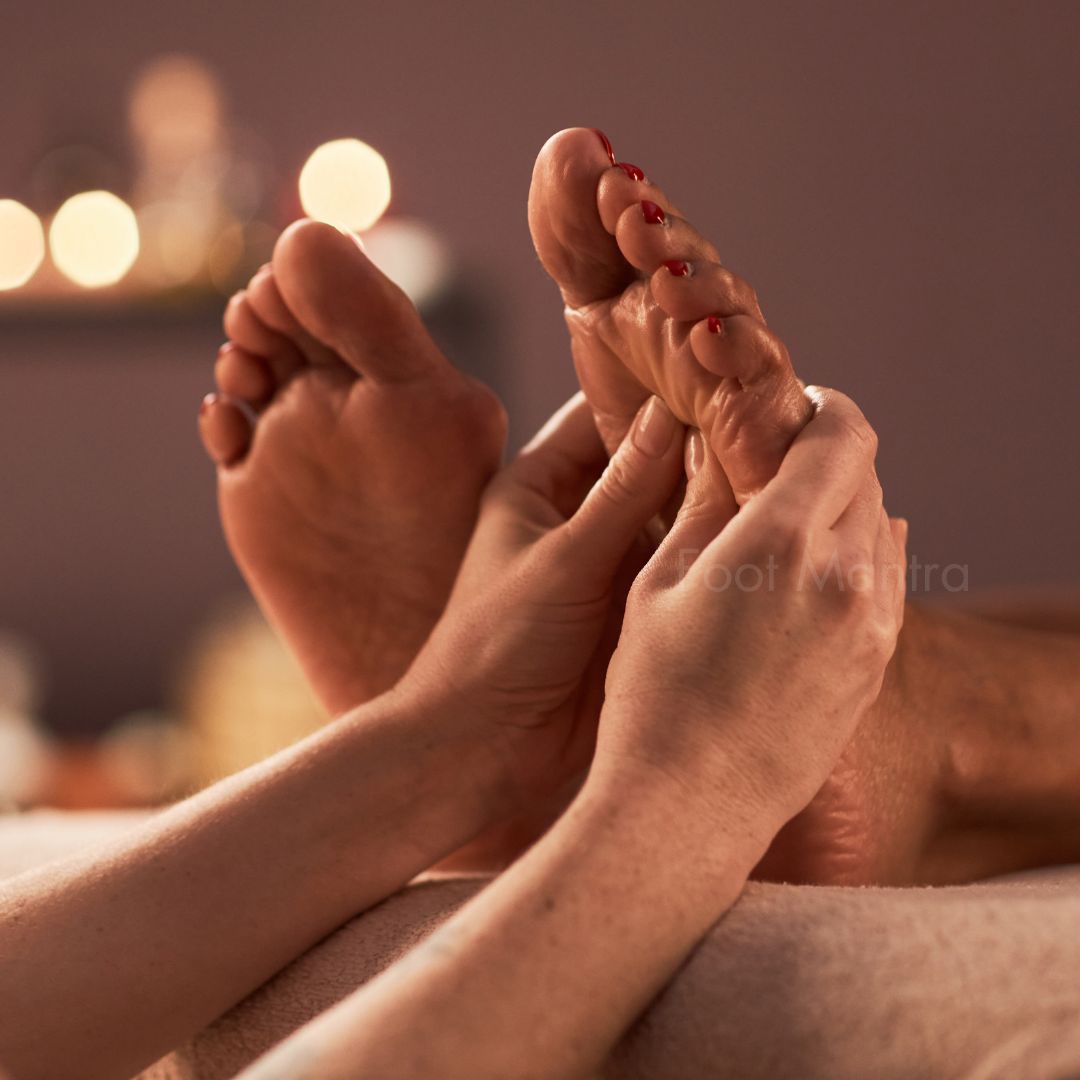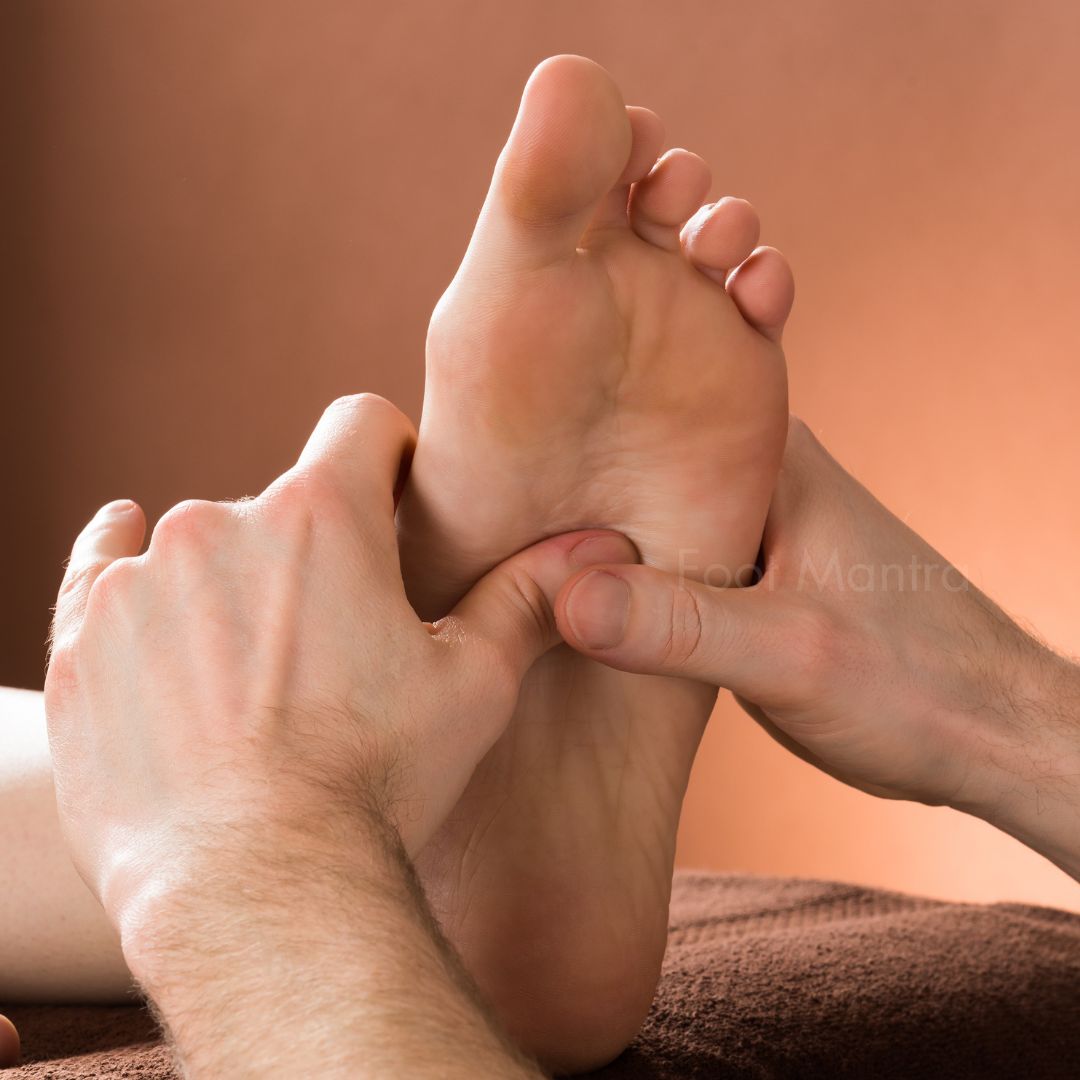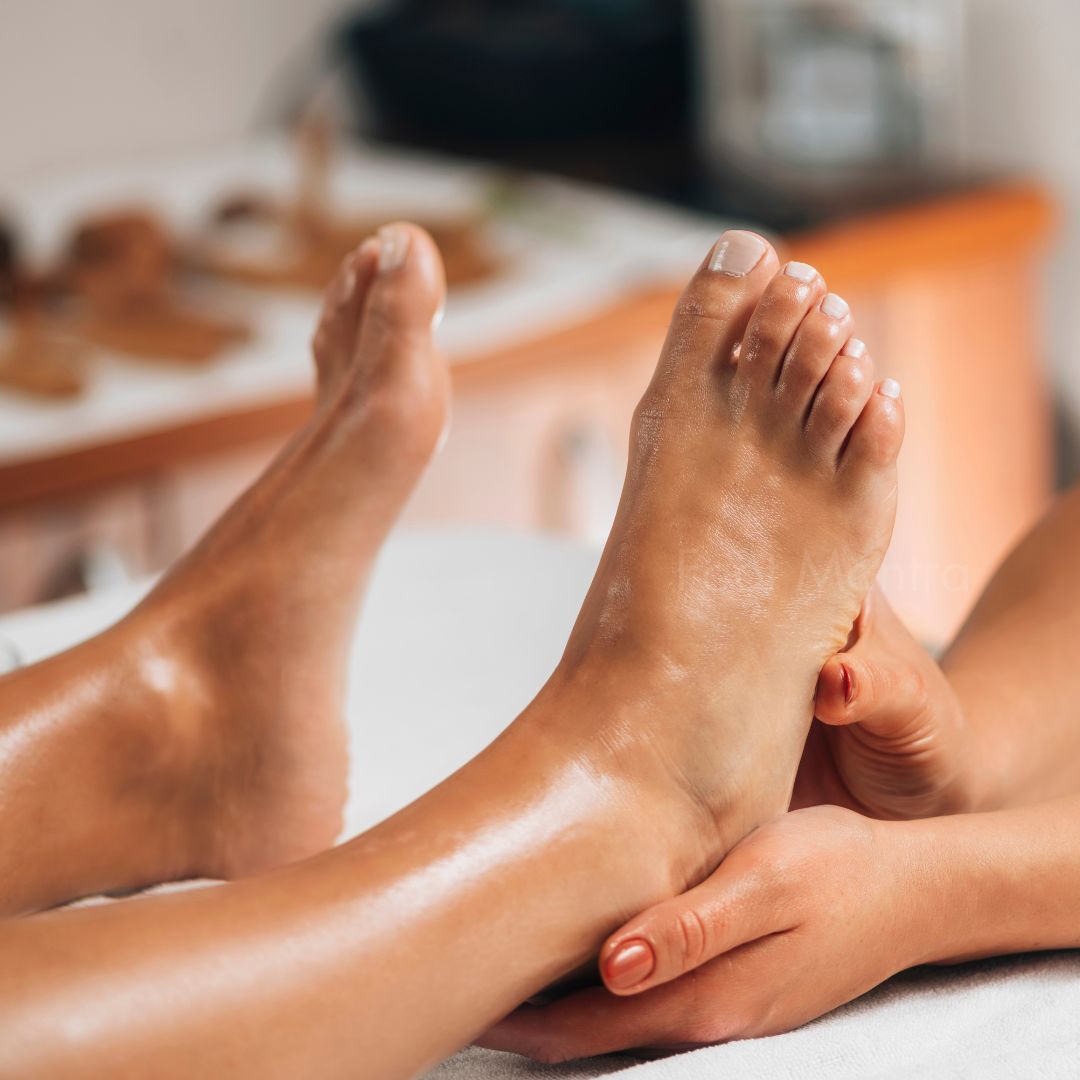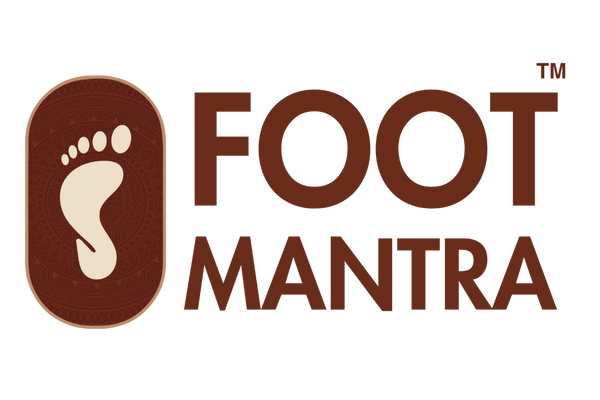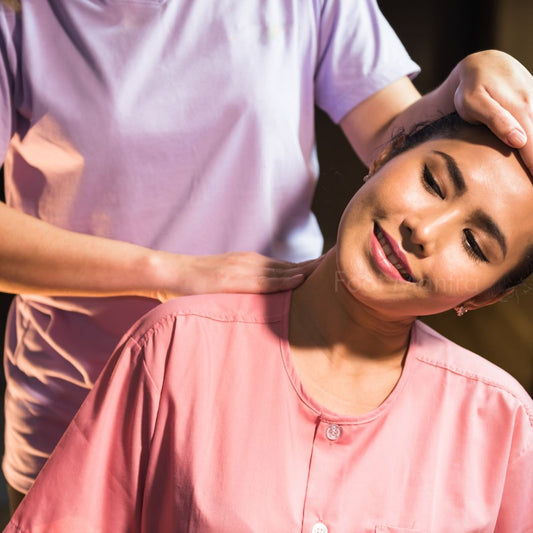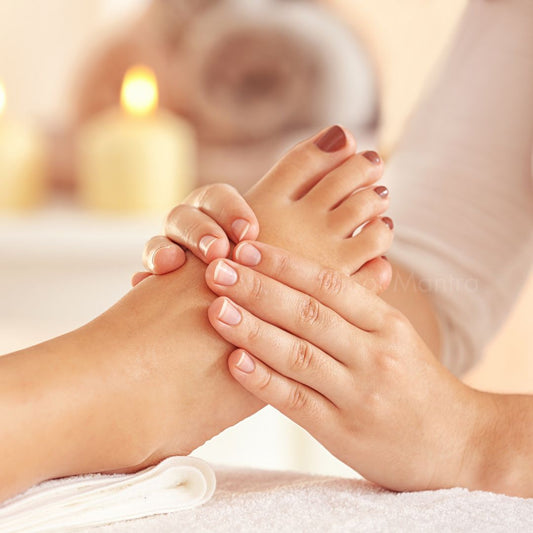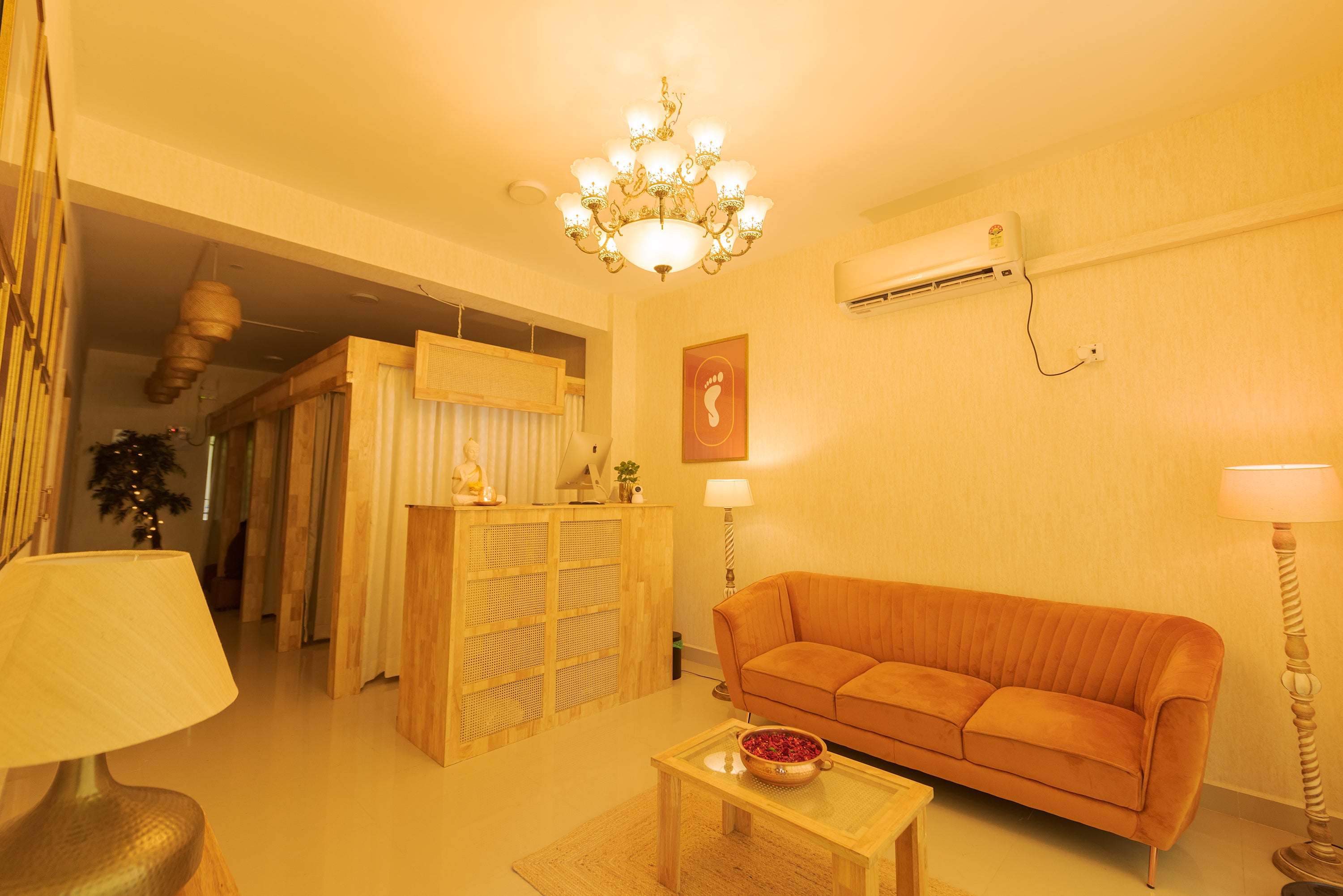Best Foot Reflexology in Chennai
-

Foot Massage in Adyar | Foot Mantra
See Location - Best Foot Reflexology Near MeCall 8939400005
Rated 5 Star on Google
Read Google Reviews -

Foot Massage in Porur | Foot Mantra
See Location - Best Foot Reflexology Near MeCall 8939400006
Rated 5 Star on Google
Read Google Reviews -

Foot Massage in Alwarpet | Foot Mantra
See Location - Best Foot Reflexology Near MeCall 8939455556
Rated 5 Star on Google
Read Google Reviews -

Foot Massage in Velachery | Foot Mantra
See Location - Best Foot Reflexology Near MeCall 8939400008
Rated 5 Star on Google
Read Google Reviews -

Foot Massage in Perumbakkam | Foot Mantra
See Location - Best Foot Reflexology Near MeCall 8939455506
Rated 5 Star on Google
Read Google Reviews -

Foot Massage in Mogappair | Foot Mantra
See Location - Best Foot Reflexology Near MeCall 8939459233
Rated 5 Star on Google
Read Google Reviews
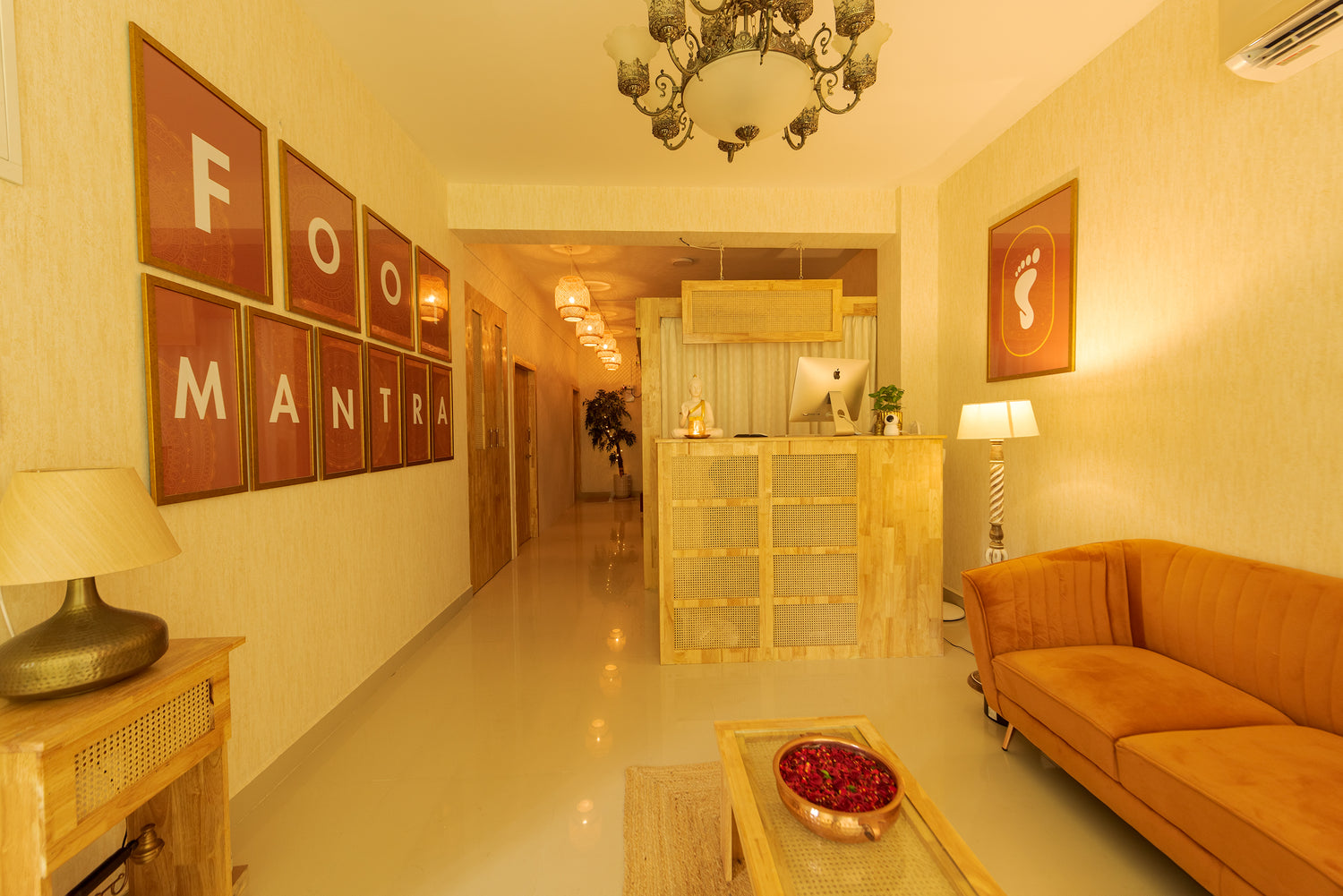
Chennai's Best Foot Reflexology
With six branches across Chennai—Porur, Mogappair, Velachery, Adyar, Alwarpet, and Perumbakkam—Foot Mantra offers expert foot reflexology for ultimate relaxation and wellness.
Services
-
Foot Reflexology - 60 Minutes
Regular price Rs. 999.00Regular priceUnit price / per -
Foot Reflexology With Back & Shoulder Massage - 60 Minutes
Regular price From Rs. 1,200.00Regular priceUnit price / per -
Foot Reflexology With Back, Shoulder & Head Massage - 75 Minutes
Regular price Rs. 1,400.00Regular priceUnit price / per -
Foot Reflexology With Back, Shoulder, Arm, Neck & Hand - 90 Minutes
Regular price Rs. 1,600.00Regular priceUnit price / per
1
/
of
4
1
/
of
3
Foot Mantra
Foot Reflexology - 60 Minutes
Regular price
Rs. 999.00
Regular price
Sale price
Rs. 999.00
Unit price
/
per
Shipping calculated at checkout.
Share
